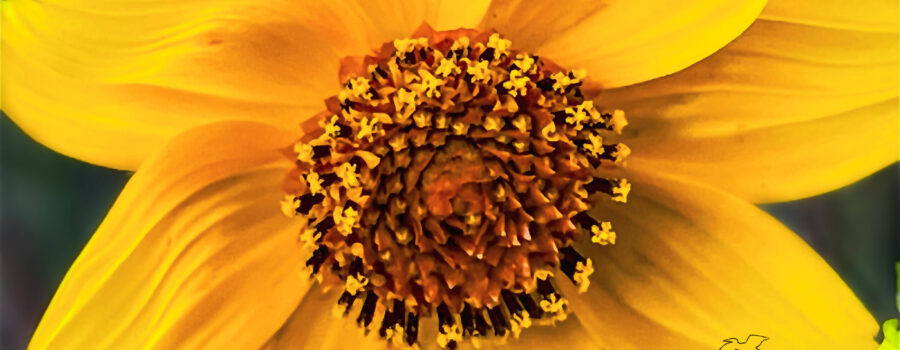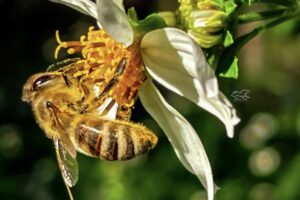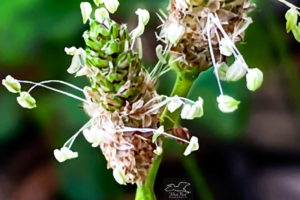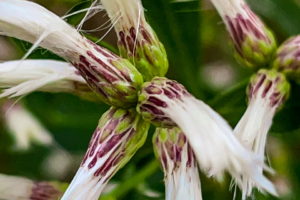There is More Than One Beautiful Beggarstick Growing in Florida

When I hiked out to the little marshy area in Gothe State Forest, I saw quite a few new plants that I don’t see in the sandhills near my house. One of them was this really pretty smooth beggarstick (Bidens laevis), or bur marigold. It’s very closely related to the hairy beggarsticks or blackjacks (Bidens pilosa) that grows all over the sandhills and my property. And of course, they’re both members of the sunflower family (Asteraceae). Both are natives to Florida, and are pretty resistant to diseases and pests.

The bur marigolds grow in swampy or otherwise very moist areas like marshes, river edges, around lakes, and sometimes in drainage areas that stay wet. They like full to partial sun, and will grow in sandy or clay like soil. They tend to bloom in the late summer into the fall until the first frost. The flowers turn into fruits that have spikes on them, allowing them to stick to clothing and fur (hence the name beggar sticks). The flowers are very attractive to many of our native pollinators, especially the fall bees and honeybees. As well as Florida, this plant can be found in most of the southern United States, Mexico, Central and South America.

For the most part the bur marigold is considered a weed, partly due to the annoying nature of the sticky seeds. There are some folks that use them in native gardens and butterfly gardens, though. The new leaves can also be eaten. They are usually boiled and used in stews or salads. Teas or juices made from the leaves can also be used as an anti inflammatory or to help control bleeding. The blackjacks are one of my favorite sandhills flowers because they are so attractive to pollinators (and they’re pretty, too!), so I was really pleased to find one of its cousins in the swamp. Most of the flowers have gone by now since our temperatures are definitely dropping, but I can’t wait for next year to catch them earlier in the season, when there are more flowers.





Recent Comments